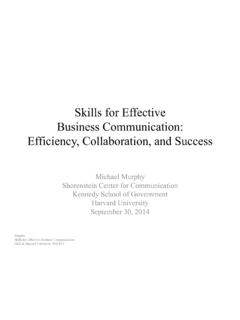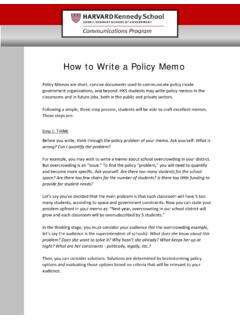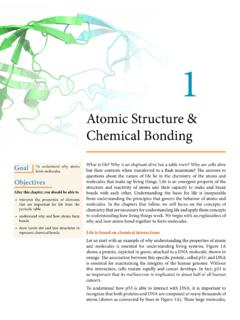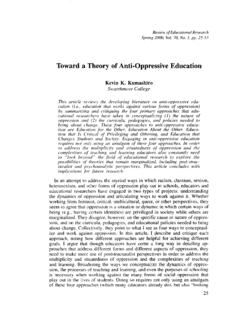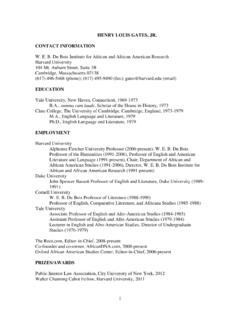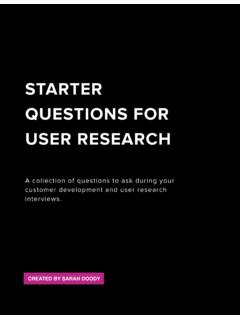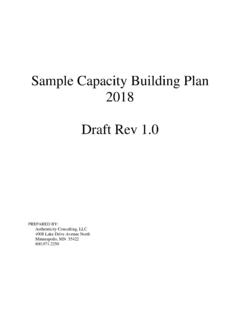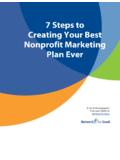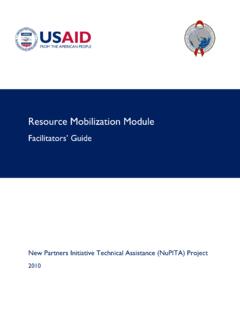Transcription of KEY CONCEPTS: STRATEGIC PLANNING - Harvard University
1 Sushma Raman, March 2017 KEY CONCEPTS: STRATEGIC PLANNING Vision, Mission & Values Develop a process for shared agreement on mission, vision and values from key stakeholders. o Mission = A statement of why the organization exists, at the most meaningful level. It is aspirational, in that it can never be fully achieved. o Vision = A clear, specific, compelling picture of what the organization will look like at a specific time in the future (one, two, or five years), including those few key metrics that define success. o Values = The boundaries within which the organization will operate in pursuit of its vision. o Strategy = A clear plan, time- and market-based, that describes the path by which an organization intends to reach its vision. Stanford Business School, Mission, Vision & Values Facilitation : External Environment VUCA o Volatility: Challenge is unexpected or unstable and may be of unknown duration, but not necessarily hard to understand.
2 O Uncertainty: Despite a lack of other information, the event s basic cause and effect are known. Change is possible but not a given. o Ambiguity: Causal relationships completely unclear. No precedents exist; you face unknown unknowns. o Complexity: Situation has many interconnected parts and variables. Some information is available or can be predicted, but volume or nature can be overwhelming to process. Harvard Business Review, What VUCA Really Means for You : PESTEL o Political o Economic o Social o Technological o Environmental o Legal KnowHow NonProfit, PESTEL Analaysis : # Stakeholder Engagement Five questions to identify key stakeholders: o Does the stakeholder have a fundamental impact on your organization s performance? o Can you clearly identify what you want from the stakeholder? o Is the relationship dynamic , do you want it to grow? o Can you exist without or easily replace the stakeholder? o Has the stakeholder already been identified through another relationship?
3 Sushma Raman, March 2017 Harvard Business Review, Five Questions to Identify Key Stakeholders : Stanford Social Innovation Review, The Case for Stakeholder Engagement : Internal Environment McKinsey 7S Framework o Hard Elements: Strategy, Structure, Systems o Soft Elements: Shared Values, Skills, Style, Staff STRATEGIC Management Insight, McKinsey 7s Model : Programs & Purpose Logical framework, or logframe o Key for international development programming in particular o Terms vary, but commonly include: Goals Objectives Outcomes Outputs Activities o Logical flow from the bottom (activity) up to the top (goal) American Journal of Evaluation, The Logical Framework Approach to Project Design and Management : SMART+C objectives o Specific o Measurable o Achievable o Relevant o Timed o Challenging Community Toolbox, KU, Creating Objectives : Fundraising Ten Nonprofit Funding Models o Heartfelt Connector o Beneficiary Builder o Member Motivator o Big Bettor o Public Provider o Policy Innovator o Beneficiary Broker o Resource Recycler o Market Maker o Local Nationalizer Stanford Social Innovation Review, Ten Nonprofit Funding Models.

